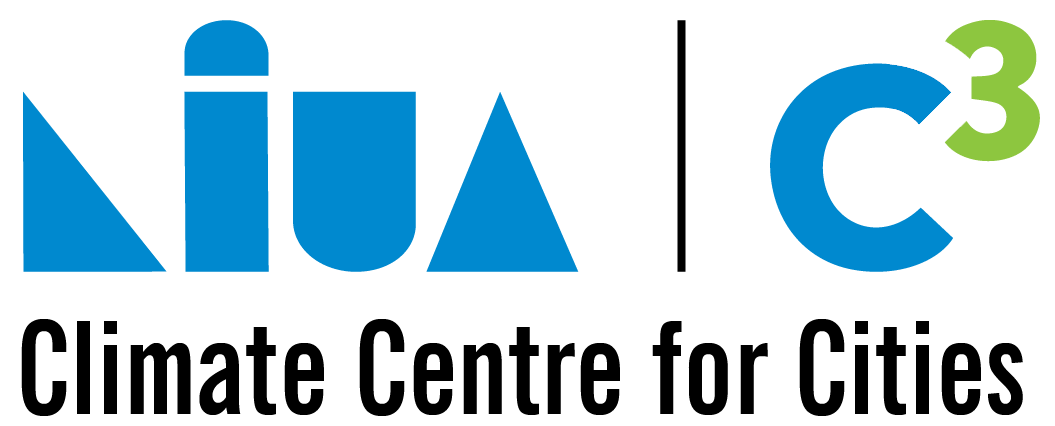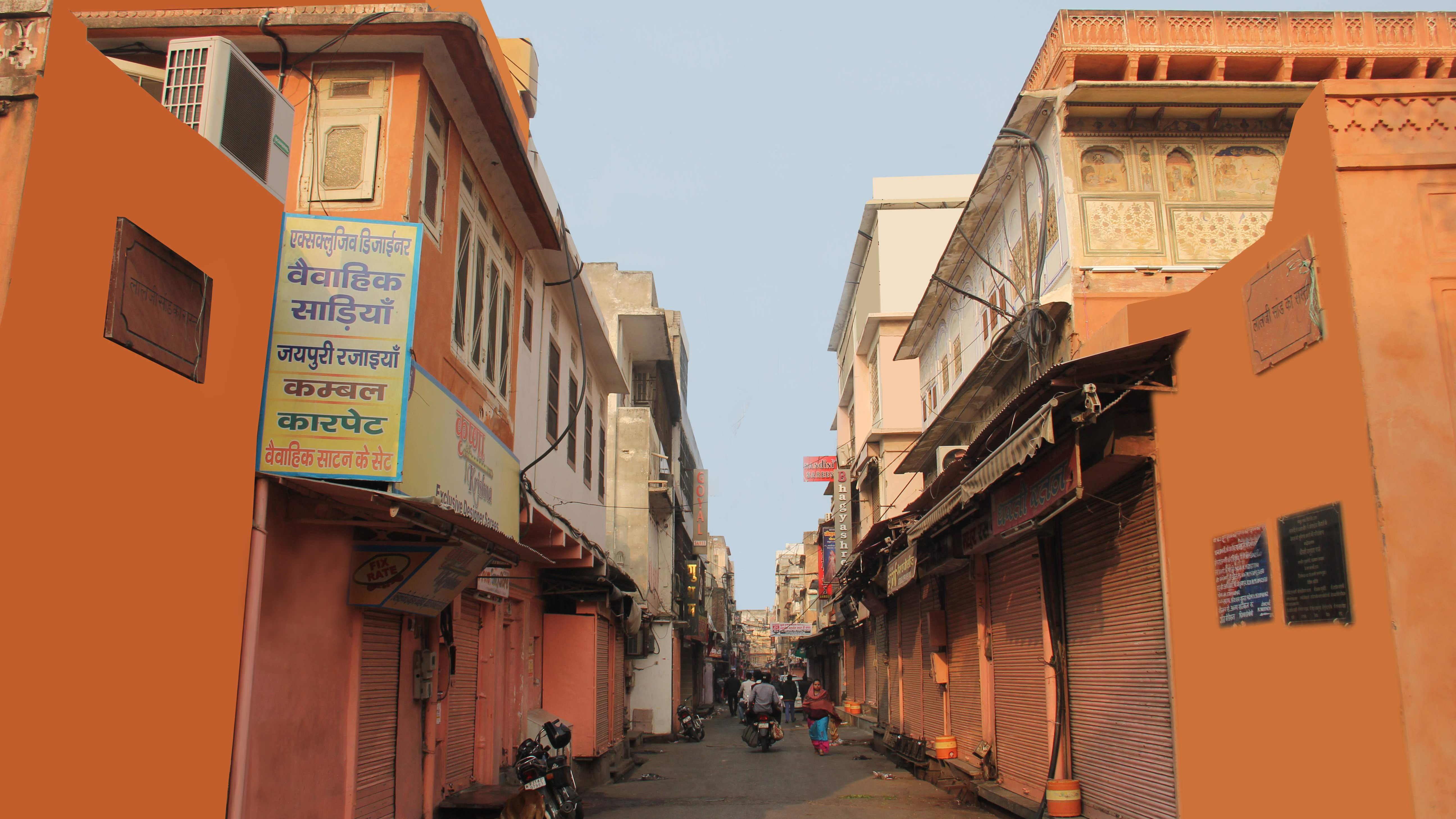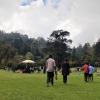Alternative mobility – a must have for Indian cities
Published On:
Wednesday, February 3, 2021
According to World Road Statistics 2018, out of the 199 countries analyzed, India has the maximum number of road accidents and accounts for 11% of the world’s road accident related deaths, 84.7% of which occurred in the “economically productive” age group of 18-60 years. India also reported a total of 17.4% pedestrian and cyclists’ death in 2018. Cities that have promoted planning for walking and cycling, and have created infrastructure to support the same have seen significant increase in road safety. Along with road safety, lack of physical activities has also been a growing public health concern in cities. A pre-pandemic study by Indian Council of Medical Research (ICMR) revealed that less than 10% of Indians meet the World Health Organisation (WHO) recommendation of weekly 150 minutes of physical activity. The Covid-19 pandemic has impacted this further, and emphasized on the need of physical activities and availability for walking and cycling infrastructure for all.
Other concerns like transport-related air pollution and greenhouse gas emissions continue to mar Indian cities and further the urgent need to create an environment where people are more climate conscious and willing to switch to alternate mobility.
Why a walking and cycling plan?
The 11th Sustainable Development Goal (SDG) and The New Urban Agenda aims at creating safe, accessible, inclusive, and affordable systems for cities especially for pedestrian and cycle users. Walking and cycling, often classified together as active transportation or alternative mobility or non-motorized transport, are considered healthier modes of transportation. They are cost efficient, clean modes with low (or no) greenhouse gas emissions. Besides, a comprehensively planned and designed transportation network, an increased emphasis on walking and cycling has the potential to create decentralized cities or 15-minute cities that encourage safe alternative mobility within vibrant mixed-use neighborhoods while mitigating related climate change impacts.
Cities like Toronto have developed climate change resiliency goals for 2050 and one of its goals for transportation sector is to have 75% of the trips within 5km by active transportation only. It is also investing in infrastructure and programs to support safe cycling and walking in an equitable manner including upgrading of existing network, developing ‘Bicycle Parking Strategy’ and ‘Vision Zero Road Safety Plan’.
Essentials of walking and cycling plan
While developing walking and cycling plans, cities need to adapt to their local conditions and demands. They must carry out scientific assessments based on their socio-economic fabric including demography, employment densities, land uses as well as with transportation related data. Other areas including the existing terrain, weather conditions, along with safety concerns such as road crashes, traffic volumes and speed, etc., should be factored in to better identify and prioritize interventions.
Some key features of an ideal walking-cycling plan are listed below:
-
Coverage, Continuity and Capacity
Pedestrians and cyclists are often forced to walk on the carriage way in mixed traffic due to absence of sidewalks and demarcated cycle lanes. It is desirable to have an infrastructure that connects widely through a network of primary, secondary and tertiary road networks. It is neither practical nor desirable for the coverage of each mode of transport network to be as extensive as the other, however, care must be taken to prioritize pedestrian network including provision of safe crossings of adequate widths.
Care must also be taken to ensure that the network is continuous, at the same grade as much as possible, and easily identifiable (either through material difference, paints, height difference or barriers). It is often a hassle for old people and persons with disability to navigate through discontinuous sidewalks which are created to allow vehicular entries into properties. Similarly, sidewalks that are higher than the road level and the ramps (if any) are not at the correct gradient, become unsuitable for wheelchair access.
Cities and neighborhoods aren’t designed to be homogenous. Different types of land uses see varying levels of footfall through different times of the day. High density areas of the city will have higher number of users than other parts. This raises concerns about the capacity of the existing infrastructure. Common solutions include realignment of right-of-way (ROW) to create a cycle lane or expand the sidewalk, eliminating on-street parking in some stretches, creating one-way street networks, etc.
-
Safety and Awareness
Safety and security of road users can be planned and designed better using Safe System approach and traffic-calming elements through enforcement and design. Streets adjacent to active frontages create a sense of security with ‘eyes on the streets’. Typical strategies adopted by cities include segregating cycle lanes as raised cycle tracks or separating using permanent bollards and buffers, speed zoning, using restrictive and regulatory means to reduce vehicular speeds, pedestrian only streets, shares streets etc. Other measures include creating separate greenways and trails along nature corridors, utility easements or defunct infrastructure like old railway corridors. Atlanta has designed networks of multi-use trails including the Atlanta BeltLine and PATH400 trails to create nearly 45km of trail system that is spread over the city and connects to the existing smaller corridors.
Ensuring safety for pedestrians, cyclists and other road users requires knowing the road safety rules and regulations as well as being aware of the benefits of switching to active transportation modes. City authorities and governments should carry out awareness programs to educate citizens about safety protocols and road signages. Initiatives to promote cycling and walking as part of local and daily commute such as Raahgiri, ciclovía, car-free days and other similar programs, are also helpful.
-
Funding opportunities and investment plans
Budget allocated for transportation network expansions often goes into creating roadways and additional travel lanes for vehicles. Even when investments are made towards creating public transport such as mass transit rail or bus services, it often overlooks first and last mile connectivity, ensuring walking and cycling access to the services. Cities must ensure that a percentage of the budget (and revenue from toll taxes and traffic fines) is dedicated towards developing and improving safe walking and cycling networks that are prioritized over personal motor vehicular use.
-
Supporting infrastructure
It is prudent to ensure the built infrastructure is durable and long-lasting with due maintenance. The support of ancillary infrastructure and programs also goes a long way. A good network of cycle lanes requires access to cycles – through public bike sharing or rental programs, cycle donation drives etc and public parking facilities that are adequate, safe and available at regular distances. In Delhi, the bike share system designed around the Connaught Place commercial district doesn’t work efficiently due to absence of marked cycle lanes forcing the cyclists to ride in the service lanes or on sidewalks or share vehicular lanes with high speed traffic. Similarly, a mere provision of sidewalks doesn’t ensure safety. It must be integrated with safe crossings at intersections that are placed every 150-200 metres or integrated with mid-block crossings particularly at ingress and egress points of high footfall areas.
Views expressed are the author’s own.
Contact Us
1st and 2nd Floor, National Institute of Urban Affairs
India Habitat Centre Lodhi Road New Delhi-110003
Please Call Help Desk at 011-411-86699
Monday - Friday, 9:00 AM - 5:00 PM
Please write to us at c-cube@niua.org







Post a Comment